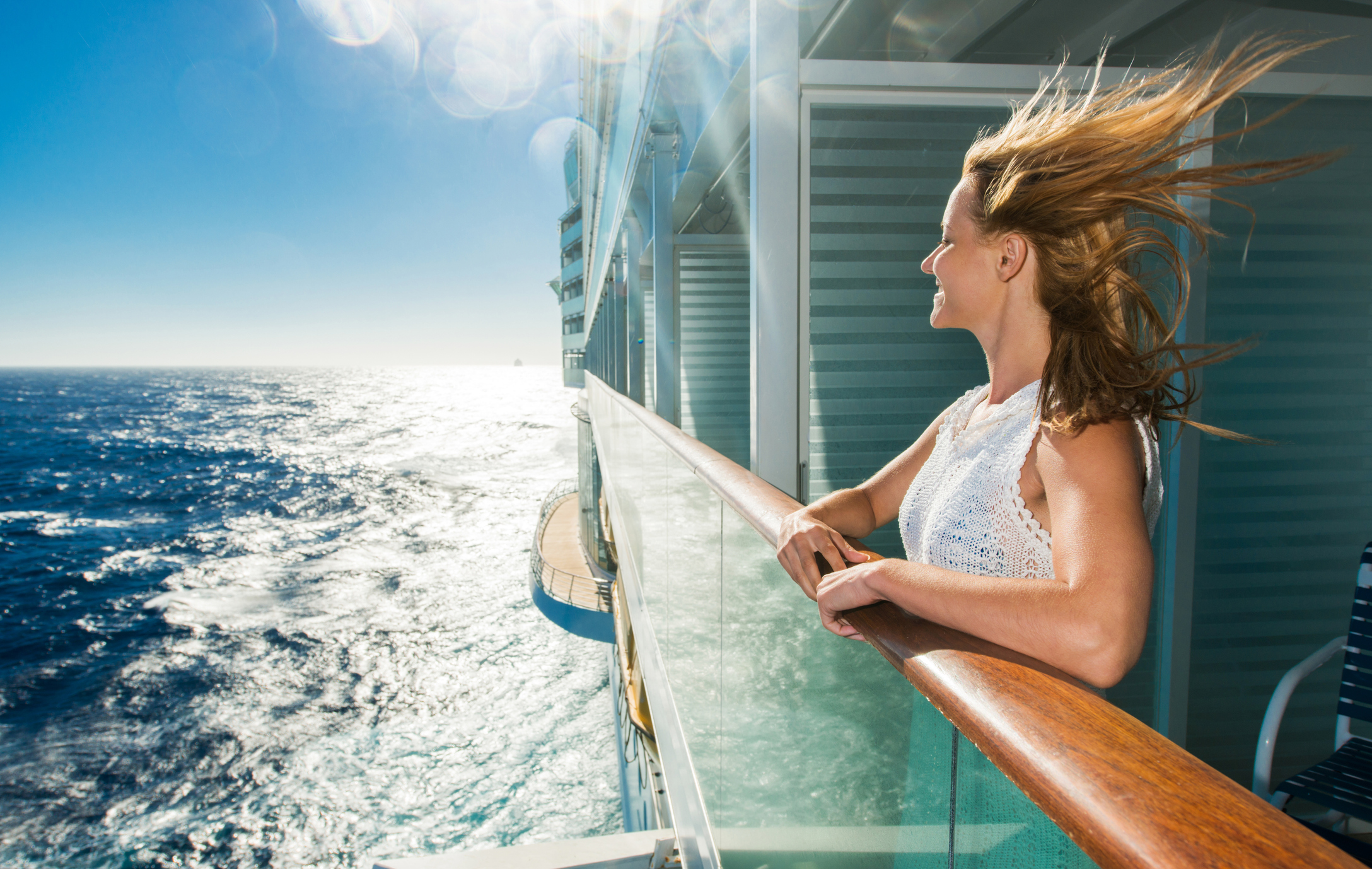With shares down 70% for the year, Norwegian Cruise Lines (NCLH 0.02%) is feeling the same pain as all cruise lines right now. How companies like this fare as things reopen will be very interesting to see. Cruise line don't offer a huge amount of utility to the average consumer. Whereas you'll still buy eggs and gas in a recession, the propensity to spend on a cruise will not be at the top of the priority list for a lot of people. Not doubt that the recent events where people ended up quarantined on ships will also weigh on consumer demand to take the risk when things reopen.
The success of an investment in the cruise liner's IPO is no longer there. Let's take a look at the damage this has caused, and whether or not Norwegian Cruise Lines has the potential to make a comeback.
Kiss your IPO money goodbye
Norwegian Cruise Lines went public at $19 a share on January 18, 2013. If you invested $1,000 at that time, you'd have been able to acquire 52 shares (I rounded down from fractional shares of 52.63) Now trading at $17.59, your initial $1,000 investment is worth $914.68 today. You would have lost roughly 8.5%.
It's worth noting that up until the COVID-19 outbreak, the investment was paying off rather well. In October of 2015, shares hit a high of $63.62. That would mean unrealized gains of just under 235%. Since then, there have been volatile up and down swings, but only in the last few months has the investment really hurt.
One thing is for sure. Norwegian Cruise Line shares are cheap.

Latest Financials
The company has had consistent revenue growth through the past five years, with double digit gains in net income. Unfortunately, this year cast a shadow over that. The company reported a first quarter loss of $1.9 billion. It should be noted that $1.6 billion of that was due to goodwill/trade-name impairments. Revenues actually only sank 11.2% to $1.2 billion. Overall, the second quarter will show the true impact that this environment has had on the situation.
The guidance provided in the company's first quarter results was sparse. The effects of COVID-19 and the economic shock have made it hard for a cruise liner to really know what's going to happen. The company forecasted second quarter results that will include a loss, and that the year itself is expected to have a net loss as a result of the sharp shift in market conditions.
Worth taking a swing while it's down?
The two main factors that will be most impactful are the rate of the economic recovery, and the length of the health scare. While we Fools are always long-term minded, this investment does depend on your own personal time horizon.
The last few months have given us what I'd call a shock recession. According to the Bureau of Economic Analysis, the sudden shutdown of services and social distancing associated with it resulted in an estimated decline of 4.8% in first quarter GDP. The question now is whether this whole thing will put us into a prolonged, more traditional recession.
Let's not forget that we were in a very mature bull cycle for the economy before this catalyst came along. This hit to consumer spending might not end quickly. Consider the amount of labor and business that was just shell shocked. Even with government stimulus, it seems likely that a lot of businesses suffered revenue losses that they won't be able to recuperate.
Norwegian's balance sheet took a big hit through the first quarter, with total equity coming in at $4.37 billion compared to $6.52 billion three months prior. Until the last few days, the stock had been trading at a big discount to its actual book value. That is no longer the case, as the stock has regained a market capitalization of $4.51 billion.
Norwegian Cruise Lines raised $2.4 billion in a capital raise in the first quarter, and carries $1.36 billion in cash/equivalents on the balance sheet.
It's risky
I think this is a risky investment. It's still not clear how the economy will recover. If things don't improve, that cash could get used up fairly quickly through the year. You can open business back up, but that doesn't mean that people are going to immediately start going on cruises again.
The company took on an additional $2.37 billion in long-term debt through the quarter, which would deteriorate the equity on the balance sheet quickly if the cash disappears -- creating a value trap today. Cruise lines certainly do have high upside potential right now, but the risk tolerance goes past my comfort zone. Consumers don't need cruises.
The confined nature of cruise ships doesn't allow much social distancing. The few examples we saw this spring of passengers becoming stuck in quarantine on cruise ships is enough to weigh on people's minds before they step aboard.
